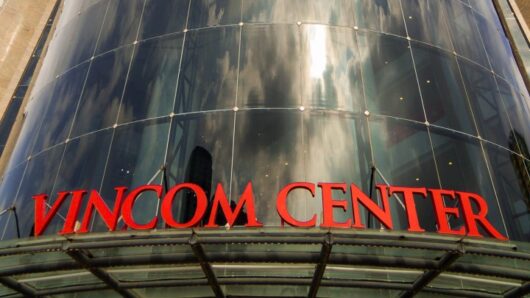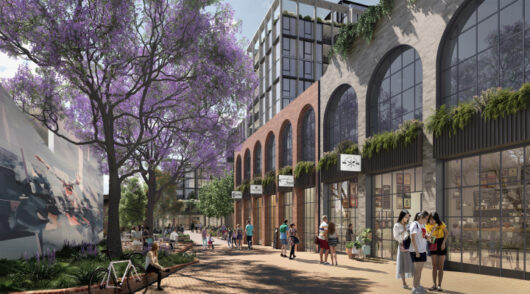 While South African retailer Woolworths’ proposed takeover of the David Jones department stores added impetus to David Jones’ shares, growth prospects for Australia’s department stores industry remain conservative.
While South African retailer Woolworths’ proposed takeover of the David Jones department stores added impetus to David Jones’ shares, growth prospects for Australia’s department stores industry remain conservative.
Over the past five years, the department stores industry’s revenue has contracted at a compound annual rate of 1.8 per cent to total $18.7 billion, according to a new IbisWorld report.
Profit margins have fallen to represent 5.8 per cent of revenue in 2013-14, and this year’s growth prospects do not look much more promising, with revenue estimated to rise by only 0.9 per cent.
“Despite improvements in overall economic conditions, consumers remain in a frugal frame of mind,” IbisWorld Australia GM, Karen Dobie, said.
The trend for deleveraging is continuing, which means ongoing pressure on discretionary spending. Australia’s household savings ratio, which was at a low of 3.9 per cent in 2008, has now reached 9.9 per cent. Retail stores such as David Jones have been on the losing end of this trend.
“While David Jones’ shares surged on the Woolworths takeover announcement, the long-term success of local department stores is certainly not secure at this stage,” said Dobie.
In addition, Dobie said low price growth and a strong Australian dollar had seen cost reductions passed on to consumers in the past few years, keeping revenue low.
The department stores industry has been hit especially hard by the rapid growth of online retailing, with online stores benefiting from a different business model with lower overhead costs once they achieve scale. “This provides them with greater flexibility to alter prices quickly to adapt to consumer demand,” said Dobie.
International department stores that have invested heavily in their online retail platforms, such as US-based Macys and Neiman Marcus, often sell similar products a season and pricing cycle ahead of their Australian counterparts.
Consumers are becoming increasingly aware of lower international prices on some product categories, ramping up pressure on local department stores to bring their prices – and seasonal ranges – into line with overseas retailers.
“Both David Jones and Myer were slow off the mark when it came to expanding their online presence, which has hampered their ability to compete”, said Dobie.
“And with fast fashion retailers nipping at their heels and their share of higher end fashion spending, our department stores will face a tough time responding to intensifying competition.”
“We’ll have to wait and see what Woolworths’ strategic plan for David Jones will be before we can fully anticipate the stores’ likely fortunes in the years to come.”
While the Australian department stores industry has been somewhat depressed in the past few years, there have still been some retail success stories. The mid-market players Kmart and Big W have been the strongest local performers.
“Both of these operators have focused on a low-price strategy and family-friendly offering, which have been successful in this market despite being a largely store-based strategy.”





